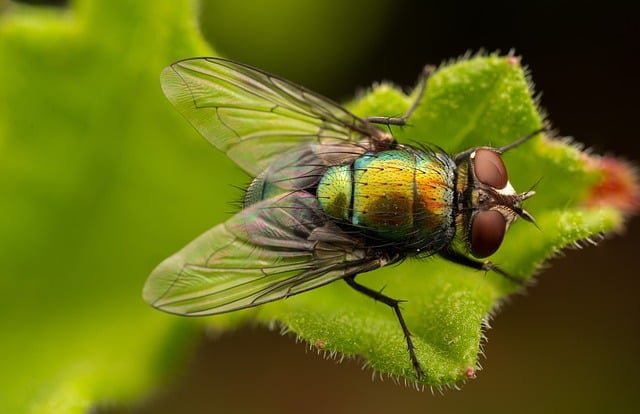Beautiful but Dangerous Flies

Hi Lakshmi friends, how are you, I hope you are always healthy.
Beautiful but Dangerous Flies: The Lucilia sericata Phenomenon
Among a world of insects full of various shapes and colors, there is one species of fly that attracts attention with its beauty but hides serious danger: Lucilia sericata, or better known as the green rot fly. These flies, although often considered pests or disgusting creatures, actually have an important role in the ecosystem and are also an important subject of study in forensic science.
Charming Appearance
Lucilia sericata is known for its attractive, shimmering, often metallic green or blue body color. At first glance, it may be difficult to believe that these flies can cause harm. However, this beauty is often a deception, because behind its attractive appearance, Lucilia sericata has behavior that can endanger human health.
Role in the Life Cycle
The fly Lucilia sericata is a specialist in the decomposition process of organic material, such as animal carcasses or infected tissue in humans and other animals. They play an important role in breaking down this organic material, helping provide nutrients back to the soil, and maintaining ecosystem balance. However, when they are around humans or live animals, these flies can become vectors for disease transmission.
Health Hazard
One of the main reasons why Lucilia sericata is considered dangerous is its ability to transmit pathogens and bacteria from one place to another. When these flies visit infected carcasses or tissue, they can carry harmful germs and bacteria on their bodies or in their digestive systems. This means that if they then land on or come into contact with food or open wounds on humans, they can spread diseases such as bacterial infections or even fatal diseases in some cases.
Importance in Forensics
Although dangerous to human health, Lucilia sericata has important value in forensic science. The presence and development of these flies on dead bodies can provide important clues about the time of death (post-mortem interval). Forensic scientists use this knowledge of the fly's life cycle and behavior to help identify when death occurred, which is critical in crime investigations or in certain medical situations.
Closing
Lucilia sericata, with its charming beauty but hidden dangers, is a unique example of how nature often hides mysteries behind a charming appearance. Understanding their role in ecosystems and in science helps us appreciate the complexity of the universe we inhabit, while remaining aware of their potential dangers to human health.
Upvoted. Thank You for sending some of your rewards to @null. It will make Steem stronger.